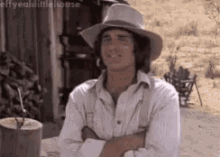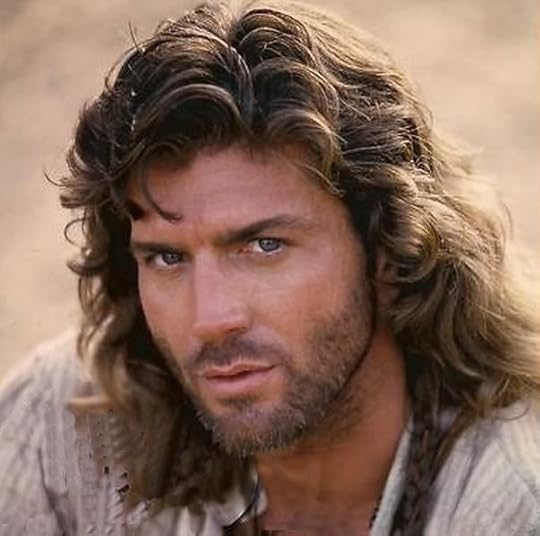What do you think?
Rate this book


335 pages, Paperback
First published January 1, 1935
“There's no great loss without some small gain.”If only we lived and loved in Laura's time...
In the West the land was level, and there were no trees. The grass grew thick and high. There the wild animals wandered and fed as though they were in a pasture that stretched much farther than a man could see, and there were no settlers.Laura and her family left behind their little cabin in Wisconsin and set off for new lands and new adventures.
“Pa, get me that little Indian baby … Oh, I want it! I want it! … Please, Pa, please!”This is a smallish part of the book but it definitely gave me a start. One hand there is the blatant racism purported by her parents and herself...but on the other hand, Wilder didn't sugar coat the views and opinions she grew up with.



Pa said, “When White settlers come into a country, the Indians have to move on. The government's going to move these Indians farther west any time now. That's why we're here, Laura. White people are going to settle all this country, and we get the best land because we got here first and get to take our pick. Now do you understand?”
“Yes, Pa,” Laura said, “But Pa, I thought this was Indian territory. Won’t it make the Indians mad to have to…”
“No more questions, Laura,” Pa said firmly, “Go to sleep.”